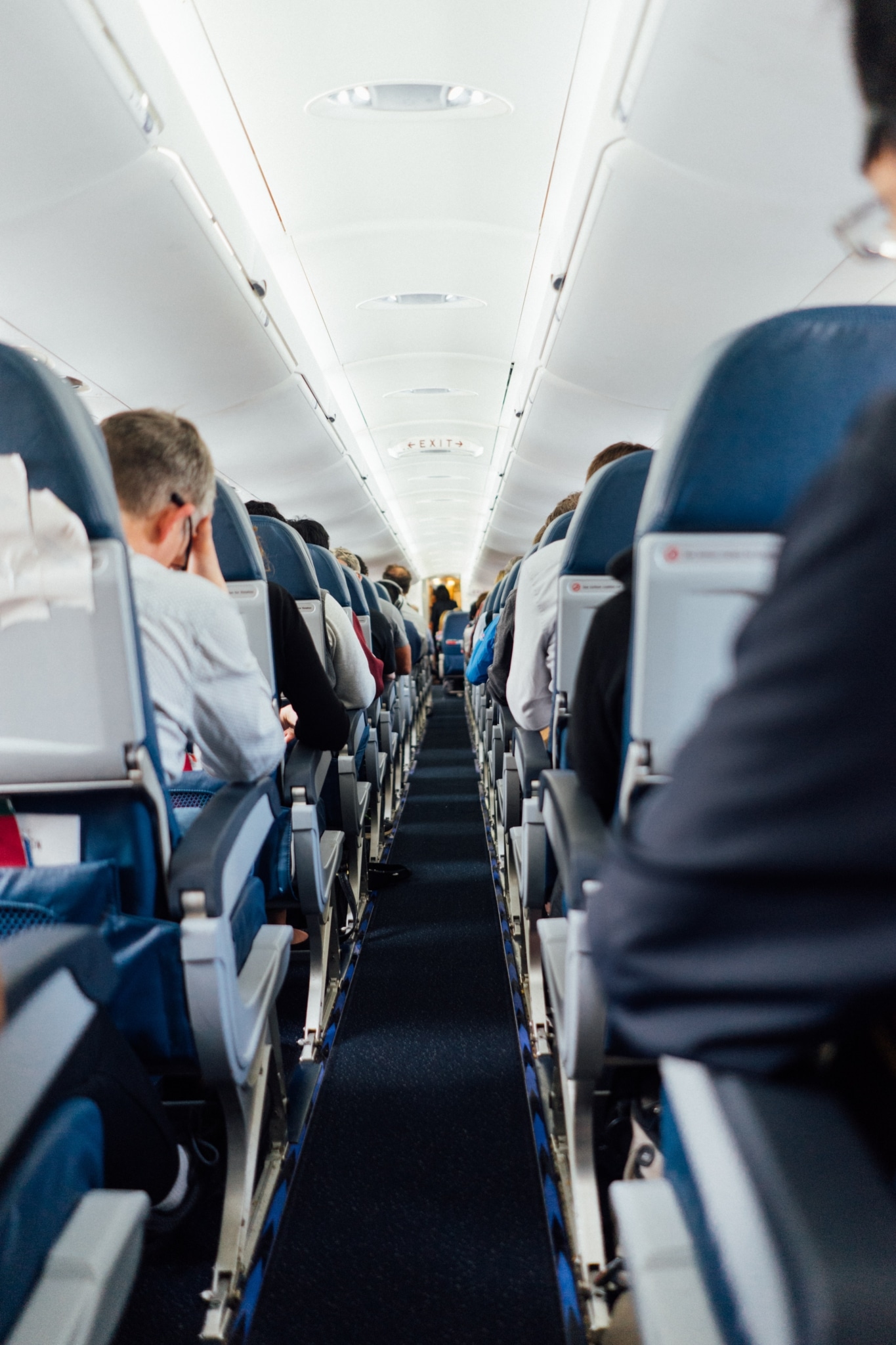Last month at T2RL Conference, Stuart Barwood, Director Airline Strategy at Forter was joined by Cory Garner, a former 20-year veteran of American Airlines and current Co-CEO & President Distribution at T2RL Conference to discuss how the airline industry is building trust in eCommerce transactions.
They took part in an industry panel and a fireside chat. Watch the on-demand videos here:
Mind The Gap: Opportunities For Recovery In Airline Technology & Distribution
Best Practices For Optimizing eCommerce Revenue & Maximizing Customer Trust
Conversation Recap
During the Mind The Gap panel, the “gap” was identified as opportunities that have arisen for airlines, despite the challenges and hardships created by the pandemic. For instance, as airlines have had to rethink long-established processes, it’s freed up resources and opened the door to working with new vendors, especially in the technology space.
According to Barwood, building customer confidence in transactions is one such opportunity for airlines.
He explained that the traditional way airlines look at payments and finance is to view them in a post-transaction role, in which stakeholders can see that a transaction has taken place, reconcile it, and move it into treasury or revenue accounts. But airlines stand to gain a great deal more when optimizing payments.
“The difference between what you should accept and what you can accept can differ by as much as 10 percent,” he explained. “This is a very overlooked tool in an airline’s arsenal.” By refining the gaps in the payments process and applying a revenue optimization focus, an airline can potentially pull generate up to 10 percent in additional revenue from the business it already has.
Barwood said that longstanding organizational and technical silos created a barrier against airlines integrating such technology before the pandemic. However, the pandemic forced airlines to closely examine the processes of successful eCommerce companies like Amazon to see how they might replicate those processes to effect change.
“This is opening the door to providers that might not necessarily be from their traditional tech stack, and they’re coming in with different views,” he said. “Payments are a fundamental part of that.”
These ideas were explored in more detail during the fireside chat, as Barwood and Garner explored the implications of the merger between fraud detection and personalization systems. One significant result has been a shift away from solutions that try to rectify problems after they’ve already occurred. Instead, airlines can now utilize solutions that proactively reduce loss while also pushing a transaction to achieve the best level of acceptance and improve conversion.
As Barwood explained, Forter’s technology is based on a network that recognizes 97 percent of all US and European users on airline sites, accounting for more than $11 billion in airline transactions alone each year. As such, the system utilizes more than 6,000 different data points in every transaction to quickly determine whether a user is acting as expected. In this way, legitimate users are securely fast-tracked through the site, while bad actors are prevented from completing transactions.
To learn more about how airlines can increase revenue, reduce fraud, and improve customer experience watch Mind The Gap: Opportunities For Recovery In Airline Technology & Distribution and Best Practices For Optimizing eCommerce Revenue & Maximizing Customer Trust. Or schedule a personalized tour of the Forter platform today and talk with an expert about how Forter can benefit your company.
